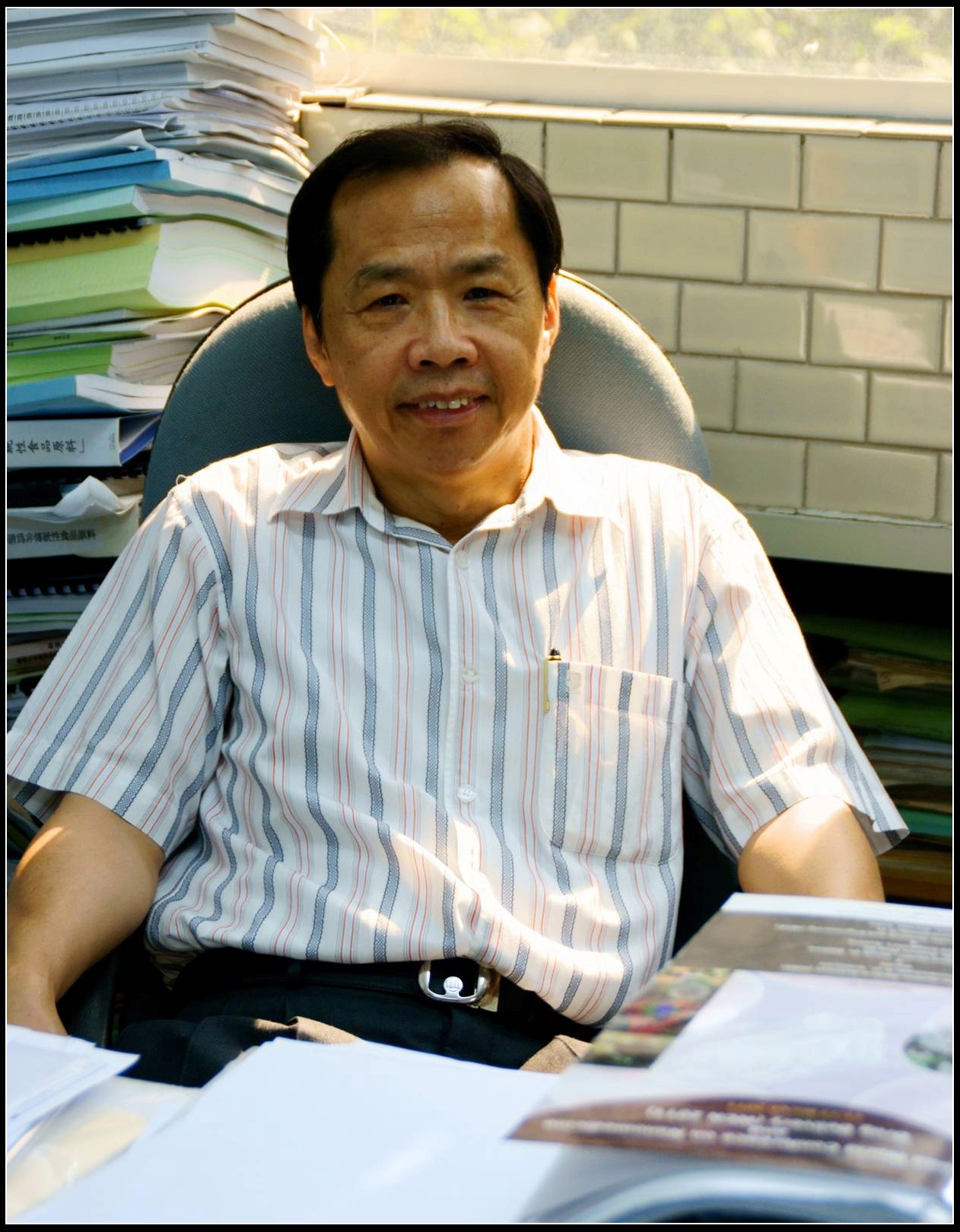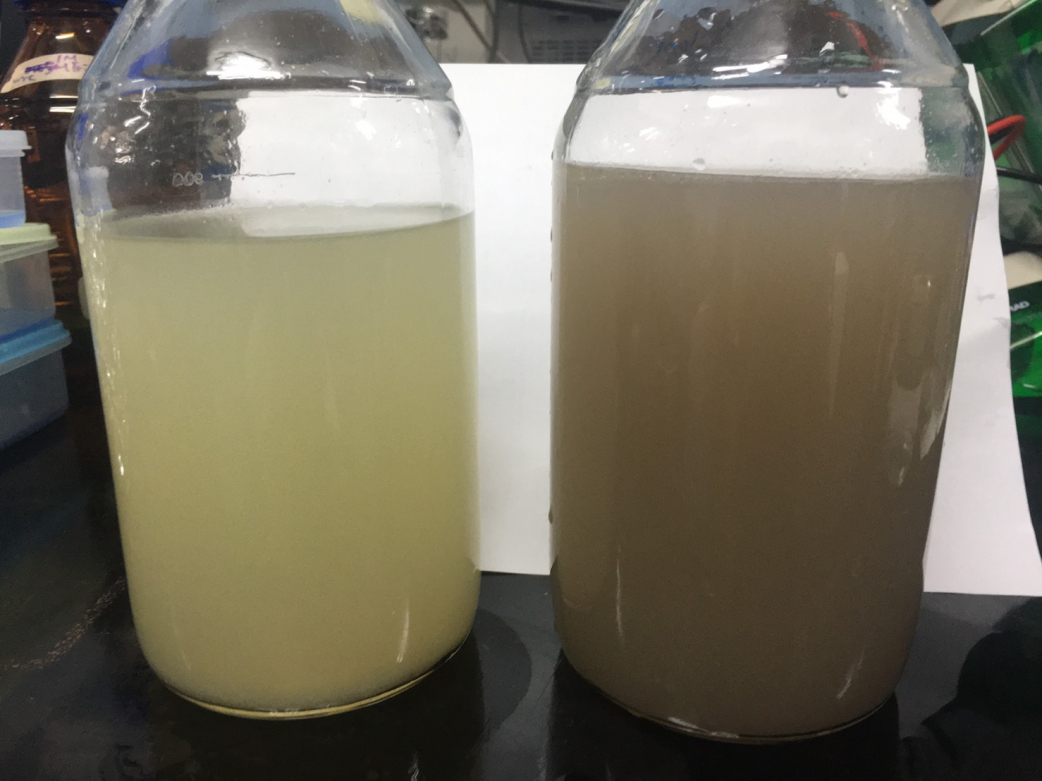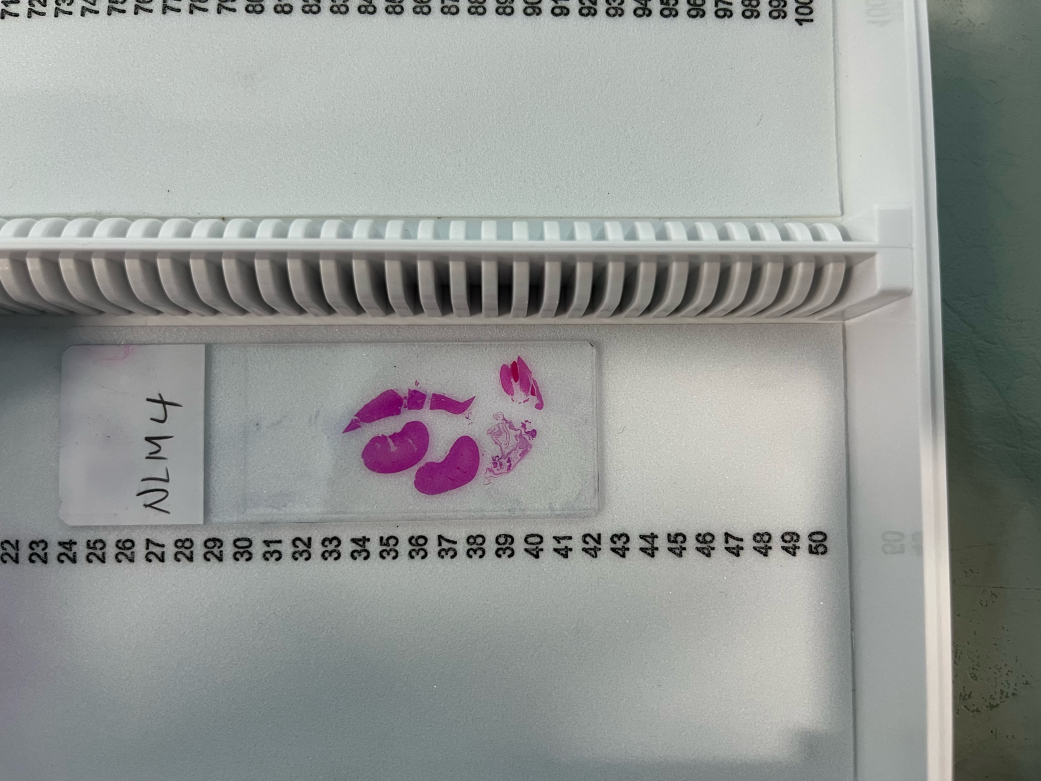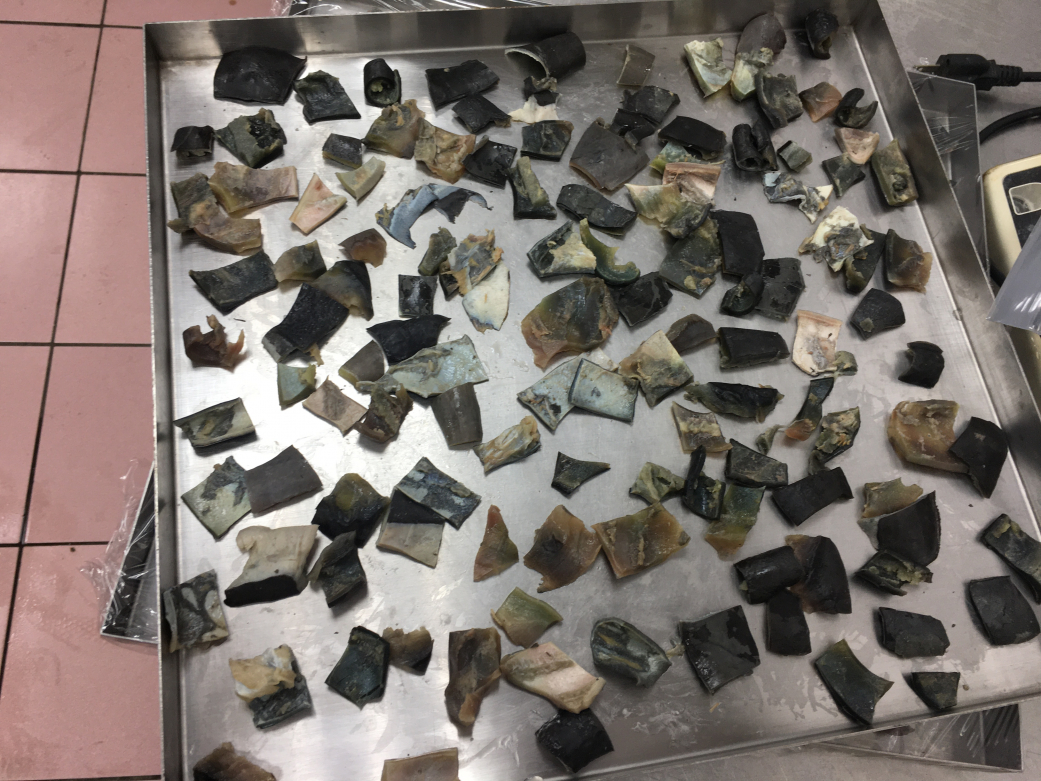Featured Scientist

Bin-Huei Chen, Ph.D.
Distinguished Professor
Education background
Ph.D., Department of Food Science Texas A&M University, U.S.A
Research interests
Lipid Chemistry, Pigment Chemistry, Instrumental Analysis, Food Toxicology, Functional Food and Botanical Drug
About
Bing-Huei Chen, food scientist, received his Ph.D. degree in Food Science & Technology, Texas A & M University, USA in 1988. His postgraduate career includes working at Fu Jen University, Taipei, Taiwan as Associate Professor from 1988–1994, Professor from 1994–2004, Distinguished Chair Professor from 2003–present, Chair of Department of Nutrition and Food Science from 1994-2000, Director of Graduate Institute of Medicine from 2006–2009, and Dean of College of Human Ecology from 2012–2015. He specializes in Lipid Chemistry, Pigment Chemistry, Instrumental Analysis, Food Toxicology, Functional Food and Botanical Drug Development and Biological Activity Determination as well as Nanotechnology. Until now he has published 197 research articles in internationally renowned journals and authored 11 book chapters in edited books published by International Publishers. He has received numerous awards including the prestigious National Invention Gold Medal Award by Ministry of Economics, Taiwan in 2018 and was honored with Outstanding Research Scientist by Ministry of Science and Technology, Taiwan. He was also honored with International Outstanding Inventor of Biotechnology by Taiwan Inventor Association/International Innovation and Invention Alliance Association in 2019 and Distinguished Professor by Chinese Academy of Agricultural Sciences, China in 2015. Most importantly, Prof. Chen has developed a nano-product “Lycopene Chylomicron”, which has completed a phase III clinical trial in both Taiwan and USA in 2017 and demonstrated to be effective in the treatment of patients with prostatauxe syndrome. Expectedly, this product will become the first botanic drug in the world for treatment of patients with prostatauxe syndrome without side effect. More recently, the International Association of Advanced Materials (IAAM), a European organization has honored him with IAAM Scientist Award 2020 for his contribution to the advancement of science and technology. At the same year he was also honored with Vebleo Fellow. He also serves as Editor-in-Chief of the journal “Recent Patents on Food, Nutrition and Agriculture” and Associate Editor of 2 journals “Journal of Food & Drug Analysis” and “Asian Science Bulletin”. In addition, he serves on the editorial board of 135 journals. Currently he is the President of Professors Association, Taiwan and was the Past President of AOAC Taiwan section from 2016-2018.
Preparation of collagen peptide nanoemulsions and liposomes from sturgeon skin and their effects on wound healing and diabetes in mice
Danube sturgeon fish (Acipenser gueldenstaedtii) grows in clear and pollution-free (mountain) spring water at a high altitude and low water temperature (18-23°C). Danube sturgeon can produce a lot of waste during processing with the major by-product being fish skin, a rich source of collagen. Collagen is a vital protein in the human body, mainly present in connective tissue. Collagen can be decomposed by enzymes to yield various small peptides known as collagen hydrolysate, while collagen peptides can be obtained through extraction and enzymatic hydrolysis of collagen. Since collagen extracted from fish skin is a macromolecule, it can be decomposed by gastric acid and enzymes after oral administration through the gastrointestinal tract. Therefore, the objectives of this study were to extract and purify collagen peptides from fish skin and then prepare nanoemulsions as well as liposomes for peptide encapsulation to increase the peptide stability and absorption in vivo. Following acetic acid (0.5 M and 0.75 M) treatment, ultrasonic assisted extraction of collagen, and pepsin addition (0.1 % pepsin, 400 units/mg) for decomposition of collagen, followed by dialysis by using the membrane with molecular weight cut off (MWCO) of 1-30 kDa, hydrolysis with different enzymes (pepsin, trypsin, papain, alcalase, or flavourzyme), and purification with gel filtration chromatography by using a sephadex G-10 gel to remove peptide with MW >700Da. The amino acids of acid-soluble collagen (ASC) and pepsinsoluble collagen (PSC) were determined qualitatively and quantitatively by HPLC-DAD, and the MW of collagen peptide was determined by sodium dodecyl sulfate polyacrylamide gel electrophoresis (SDS-PAGE) and LR-MALDI-MS, and the degree of hydrolysis of collagen peptide was determined by the OPA method. Results showed that with acetic acid (0.75 M) and ultrasonic extraction (80 % amplitude, 20 kHz, 30 min), a high extraction yield of fish skin collagen and peptide was obtained. Amino acids in ASC and PSC were separated and identified by HPLC-DAD,in which glycine and proline were the most abundant. The collagen content was 13.4 mg/g. PSC (Pepsin soluble collagen) was added with 5 enzymes including pepsin, trypsin, papain, alcalase, and flavourzyme, and the degree of hydrolysis as detected by OPA method was 12.99 %, 51%, 58.94 %, 51.86 % and 69.29 %, respectively. The hydrolysis efficiency of 5 enzymes was found to be flavourzyme > papain > alcalase > trypsin > pepsin. After purification with Sephadex G-10 gel, the molecular weight of peptide with MW <700 Da accounted for 40% of all the fragments. The average particle size, polydispersity index and zeta potential of the collagen peptide nanoemulsion was 17.08 nm, 0.316 and -48.88 mV, respectively, with the average particle size, polydispersity index and zeta potential of the collagen peptide liposome was 44.58 nm, 0.210 and -57.8 mV, respectively.
112 views

